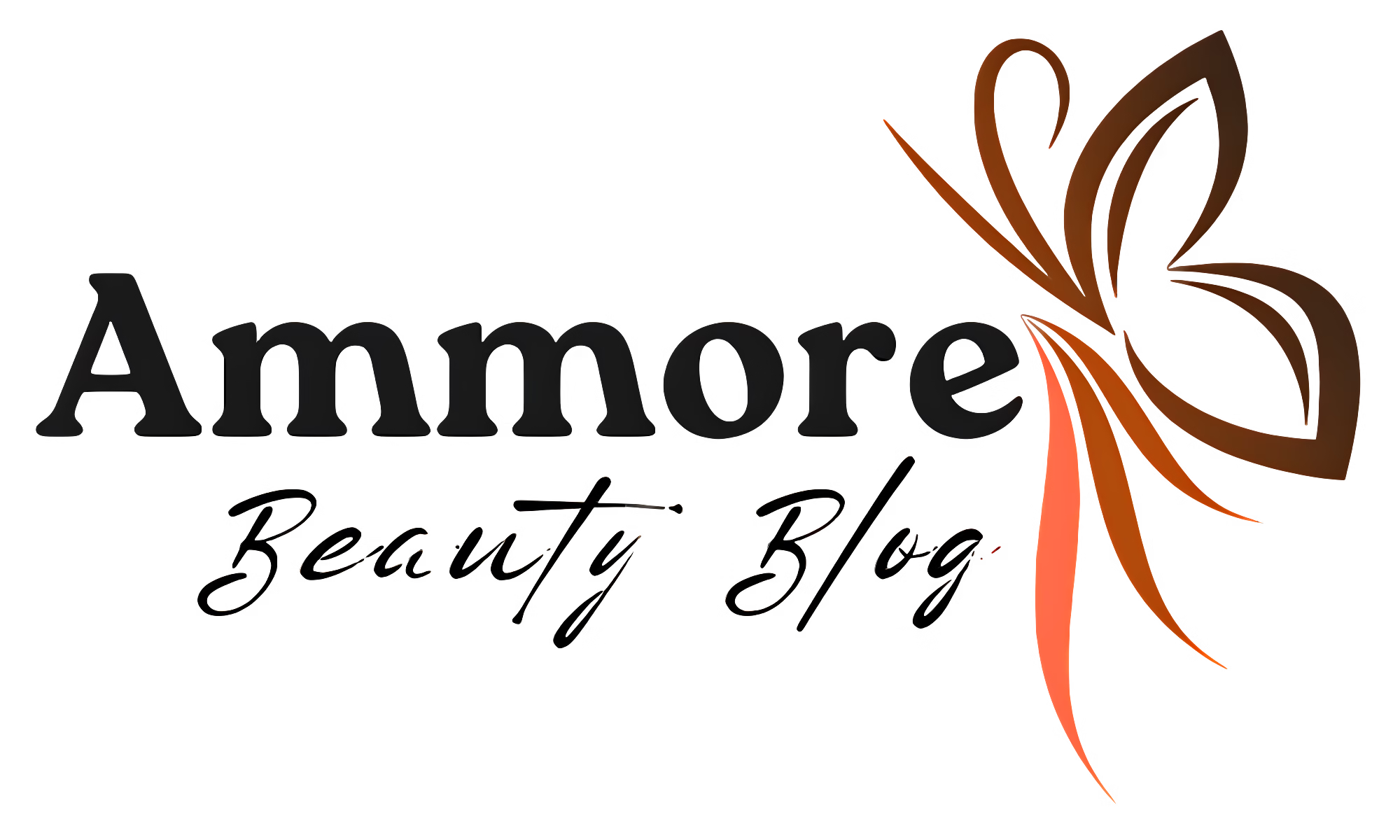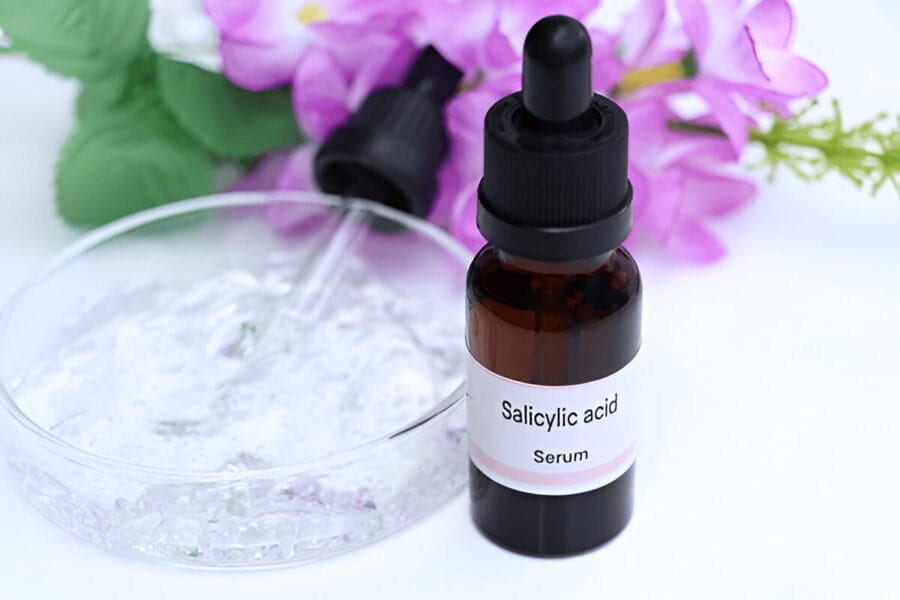In the ever-changing world of skincare, new trends and techniques often take the spotlight. However, only a few manage to deliver real results and earn long-lasting praise. One of these standout techniques is slugging, a viral skincare trend that has taken the beauty world by storm. From beauty influencers to dermatologists, everyone seems to be raving about its benefits.
But what exactly is slugging? Is it really the answer to achieving soft, hydrated, and radiant skin? Let’s explore everything there is to know about this phenomenon, why it works, and how you can make it a part of your routine.
In This Article
- What Is Slugging?
- How Slugging Works
- Benefits of Slugging
- Is Slugging Right for You?
- How to Slug
- Mistakes to Avoid
- Alternatives to Petroleum Jelly
- Results and Expectations
- Ammore’s Beauty Tip
- Conclusion
What Is Slugging?
Slugging is a skincare practice that involves applying an occlusive product—most commonly petroleum jelly or a similar thick emollient—over your skincare products at night to lock in moisture. The term “slugging” gets its name from the shiny, slightly sticky appearance your skin takes on, resembling the glistening trail of a slug.
Although it might sound unconventional, slugging is not a new concept. It has its roots in Korean beauty routines, which prioritize hydration and skin barrier repair. However, it gained massive popularity on platforms like TikTok, Reddit, and Instagram, where users began showcasing their glowing, hydrated skin after incorporating slugging into their regimens.
Why Does Slugging Work?
The magic behind slugging lies in its ability to prevent transepidermal water loss (TEWL)—a process where water evaporates from the skin’s surface. This loss of hydration often leads to dryness, dullness, and a weakened skin barrier. By applying an occlusive product, slugging forms a protective layer over your skin, sealing in moisture and amplifying the effects of the skincare products underneath.
Key Scientific Benefits:
- Moisture Retention
Occlusives like petroleum jelly can reduce water loss from the skin by nearly 99%, ensuring your skin remains hydrated and plump. - Barrier Repair
A compromised skin barrier can lead to irritation, redness, and even breakouts. Slugging reinforces your skin’s natural defenses, promoting healing and resilience. - Enhanced Product Absorption
When you seal your skincare products under an occlusive layer, their active ingredients work more effectively by staying on the skin longer.
Benefits of Slugging
Wondering why slugging has become the go-to skincare hack for many? Here’s what makes it worth the hype:
- Hydration Boost
Slugging is the ultimate solution for dry, flaky, or parched skin. By locking in moisture, it leaves your skin feeling soft, smooth, and nourished. - Protection Against Environmental Stressors
Slugging shields your skin from pollutants, harsh weather, and other external factors that can strip away its natural moisture. - Soothes Irritation and Redness
If you’re dealing with sensitive skin or post-treatment irritation, slugging can calm redness and speed up recovery. - Anti-Aging Benefits
Proper hydration is essential for maintaining youthful skin. By reducing moisture loss, slugging helps minimize the appearance of fine lines and wrinkles over time. - Affordable and Accessible
Unlike some high-end skincare treatments, slugging is budget-friendly. Most of the products you’ll need, like petroleum jelly, are affordable and widely available.
Is Slugging Right for You?
While slugging offers amazing benefits, it’s not suitable for every skin type or concern. Here’s a breakdown to help you determine if slugging is the right fit for your routine:
Ideal Candidates for Slugging:
- Dry Skin: If you’re constantly battling dryness, slugging can be a lifesaver by providing intense hydration.
- Aging Skin: Mature skin tends to lose moisture more rapidly, and slugging can help maintain elasticity and plumpness.
- Sensitive or Irritated Skin: For those with redness or sensitivity, slugging can act as a soothing barrier.
Who Should Approach Slugging with Caution:
- Oily Skin Types: Slugging may trap excess oil, which could lead to clogged pores and breakouts.
- Acne-Prone Skin: If you’re prone to acne, using occlusive products can potentially worsen breakouts by creating a breeding ground for bacteria.
If you’re unsure whether slugging is right for you, it’s best to start slow and consult with a dermatologist, especially if you have specific skin concerns.
How to Incorporate Slugging Into Your Routine
If you’re ready to give slugging a try, follow these steps to maximize its benefits:
Step By Step Guide
Step 1: Cleanse Your Skin Thoroughly
Always start with clean skin. Use a gentle cleanser to remove dirt, oil, and makeup. If you prefer double cleansing, this is the time to do so. A clean base ensures you won’t trap impurities under the occlusive layer.
Step 2: Apply Hydrating Products
Layer your favorite hydrating toner, serum, or essence. Look for ingredients like hyaluronic acid, glycerin, and niacinamide, which help attract and retain moisture.
Step 3: Lock in Moisture with a Lightweight Moisturizer
Before applying your occlusive, seal in the hydration with a lightweight moisturizer. This step ensures your skin is fully nourished before you begin slugging.
Step 4: Apply Your Occlusive Product
Use a thin, even layer of an occlusive product like petroleum jelly, Aquaphor, or a beeswax-based balm. Focus on areas that are particularly dry or prone to irritation.
Step 5: Wake Up to Radiant Skin
In the morning, gently cleanse your face to remove the occlusive layer. Follow up with your regular skincare routine, including sunscreen.
Common Mistakes to Avoid
Even though slugging is simple, it’s easy to make mistakes that can reduce its effectiveness or lead to skin issues. Avoid these pitfalls for the best results:
- Using Too Much Product
A thin layer of occlusive is all you need. Overdoing it can make your skin feel greasy and uncomfortable. - Slugging Over Active Acne
If you have active breakouts, slugging might worsen them by trapping bacteria and oil under the occlusive layer. - Skipping Cleansing
Applying an occlusive on unclean skin can lead to clogged pores and irritation. - Slugging Too Often
For most people, slugging once or twice a week is sufficient. Daily slugging may overwhelm your skin, especially if it’s on the oily side.
Alternatives to Petroleum Jelly
If petroleum jelly isn’t your favorite, there are plenty of alternatives that work just as well:
- Shea Butter: A natural, deeply moisturizing alternative.
- Cica Creams: Known for their soothing and reparative properties.
- Squalane Oil: Lightweight and non-comedogenic, making it suitable for most skin types.
- Lanolin: A rich, hydrating option derived from wool.
Real-Life Results: What to Expect
The results of slugging can vary depending on your skin type and the products you use, but most people notice significant improvements in hydration and skin texture after just one night. Over time, you’ll likely experience softer, smoother, and more radiant skin.
Ammore’s Tip
Before slugging, try incorporating a hydrating sheet mask into your routine. Apply the mask, let your skin absorb the serum, and then seal it all in with your occlusive product. This combination takes hydration to the next level and leaves your skin plump and glowing.

Product of the Day:
Looking for an affordable and effective option to try slugging at home? Consider the classic: A Simple Occlusive Aquaphor Healing Ointment, Advanced Therapy Skin Protectant for Slugging
Conclusion
Slugging may have started as a viral trend, but it has earned its place as a skincare staple for those seeking hydrated, radiant skin. Its simplicity, affordability, and effectiveness make it a must-try for anyone struggling with dryness or a compromised skin barrier.
As with any skincare trend, it’s important to listen to your skin and tailor the technique to your needs. Start slow, use the right products, and watch your skin transform with every application.
Are you ready to join the slugging craze? Give it a shot tonight and wake up to the glowing skin you’ve always wanted!






you are truly a just right webmaster The site loading speed is incredible It kind of feels that youre doing any distinctive trick In addition The contents are masterwork you have done a great activity in this matter
Thank You, Lila Rice.
For the reason that the admin of this site is working, no uncertainty very quickly it will be renowned, due to its quality contents.
Thank you, Ricky Sanford, for the positive approach.
Thanks for sharing! https://pdfpanel.com helps me organize my PDFs with ease.
I’m impressed. https://pdfpanel.com makes PDF editing fast and easy.
Your writing has a way of making even the most complex topics accessible and engaging. I’m constantly impressed by your ability to distill complicated concepts into easy-to-understand language.
Thank you, Cooper Block. Purpose achieved.
Hi there to all, for the reason that I am genuinely keen of reading this website’s post to be updated on a regular basis. It carries pleasant stuff.
Thank You, Ahmad Mejia Keep reading and supporting
I do not even understand how I ended up here, but I assumed this publish used to be great
I like the efforts you have put in this, regards for all the great content.
Thank You
Pretty! This has been a really wonderful post. Many thanks for providing these details.
Thanks
I very delighted to find this internet site on bing, just what I was searching for as well saved to fav
Thanks…Just keep supporting me
You’re so awesome! I don’t believe I have read a single thing like that before. So great to find someone with some original thoughts on this topic. Really.. thank you for starting this up. This website is something that is needed on the internet, someone with a little originality!
Thank you for the admiration … Keep supporting
I like the efforts you have put in this, regards for all the great content.
Thanks
Dxd Global | Development dxd global, global dxd, deluxe bilisim, deluxe global, IT solutions, web developer, worpress global, wordpress setup
I do not even understand how I ended up here, but I assumed this publish used to be great
Thats great… Thank you
Awesome! Its genuinely remarkable post, I have got much clear idea regarding from this post
Thank you
Get Aviator demo game without sign-up
Casino mirror lets you enjoy bonuses and free spins
What works in 2025? Aviator game review reveals
It’s an invisible benefit that pays off long-term.
Thank You… 🙂